What is the Horizontal Line Test?
The horizontal line test is a convenient method that can determine if the inverse of a function is also a function.
It is possible that the inverse of a function is not a function because it doesn’t pass the vertical line test.
So here’s the deal!
If the horizontal line intersects the graph of a function in all places at exactly one point, then the given function has an inverse that is also a function. We say this function passes the horizontal line test.
Here are some examples of functions that pass the horizontal line test:
Horizontal Line Cutting or Hitting the Graph at Exactly One Point
- Graph of the line [latex]f\left( x \right) = – x + 2[/latex].
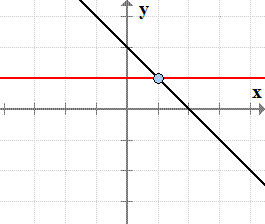
- Graph of the square root function [latex]f\left( x \right) = \sqrt {x + 1}[/latex]
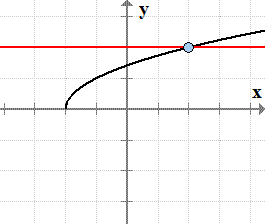
- Graph of the rational function [latex]\large{f\left( x \right) = {1 \over {x + 1}}}[/latex].
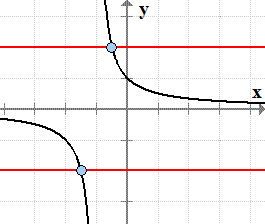
On the other hand, if the horizontal line can intersect the graph of a function in some places at more than one point, then the function involved can’t have an inverse that is also a function.
We say this function fails the horizontal line test.
Here are some examples of functions that fail the horizontal line test:
Horizontal Line Cutting or Hitting the Graph at More Than One Point
- Graph of the parabola [latex]f\left( x \right) = {x^2} – 2[/latex].
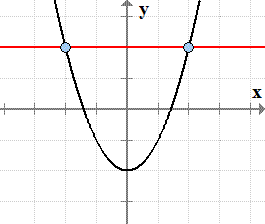
- Graph of absolute value function [latex]f\left( x \right) = \left| x \right|[/latex]
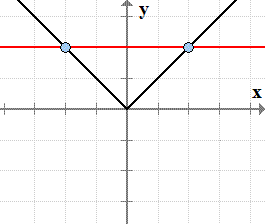
- Graph of semi-circle [latex]f\left( x \right) = \sqrt {7 – {x^2}}[/latex]
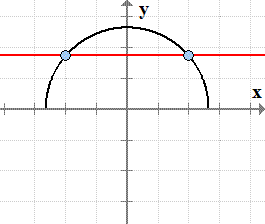
You may also be interested in these related math lessons or tutorials:
